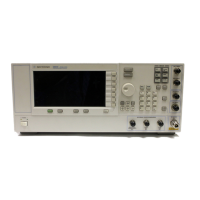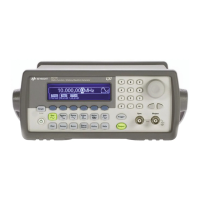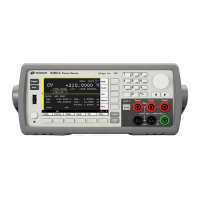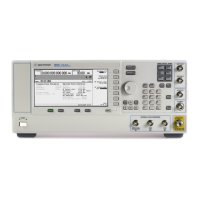292 Keysight EXG and MXG X-Series Signal Generators User’s Guide
Using Custom Digital Modulation for N5172B/82B with Option 431 and 653/655/656/657
Using Finite Impulse Response (FIR) Filters with Custom Modulation
Using Finite Impulse Response (FIR) Filters with Custom Modulation
Finite Impulse Response filters can be used to refine the transitions between symbol decision points
of the generated waveforms.
Finite Impulse Response filters can be created and used with both dual arbitrary waveform
generated waveforms and real-time baseband generated waveforms.
Figure 9-31 Filter Menu
Understanding FIR Filters
FIR filters are used to limit the bandwidth of the input to the I and Q modulators. Several different
types of FIR filters exist. The NADC, PDC, PHS, and TETRA standards specify a root Nyquist filter in
both the transmitter and the receiver. The combined response is equivalent to a Nyquist filter. The
Nyquist filter has an impulse response that rings at the data clock rate so nulls appear at all symbol
decision points except the desired one at the center of the impulse response. Since each symbol
causes zero response at all undesired decision points, there can be no inter-symbol interference
(ISI). The alpha term (a) defined for Nyquist-type filters identifies the frequency cutoff point were
the filter response is zero. The closer the alpha term is to zero, the steeper the filter roll-off
becomes. Alpha gives a direct measure of the occupied bandwidth of the system and is calculated
as
Mode > ARB Custom Modulation > Single Carrier Setup > Filter
This replaces the current
FIR filter with the factory
installed default filter
settings for the current
modulation type.
This softkey changes, depending
on the selected filter–type.
Available only when the filter selected =
Root Nyquist or Nyquist
Available only when the filter
selected = Gaussian
page299
Only applies to Dual ARB
Modulation. Refer to
page151.
For details on each key, use key help as described on page56.
Opens the IS–95
filter selection
menu.
page294

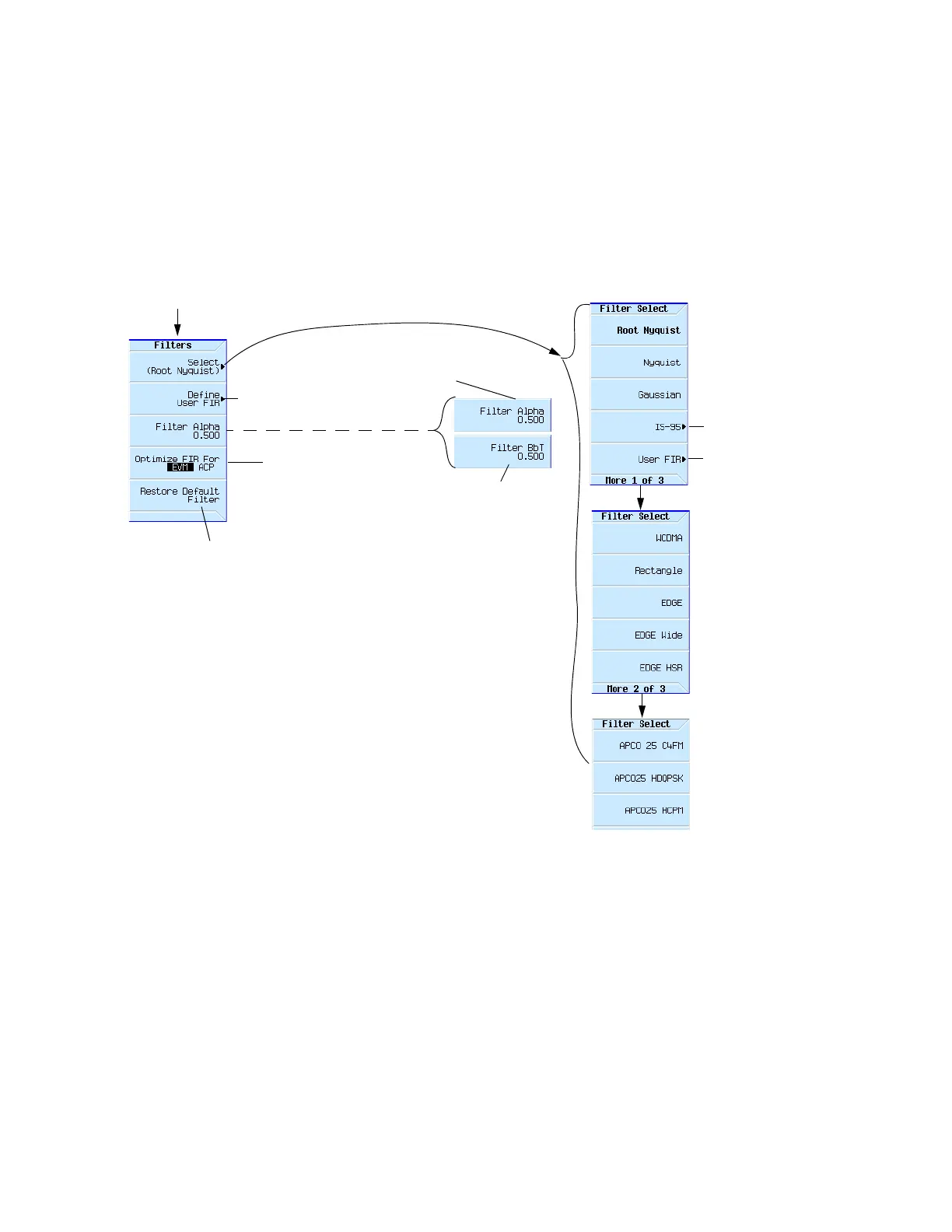